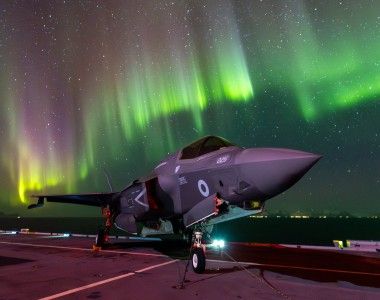Huta Stalowa Wola in Wisła Air Defence Project
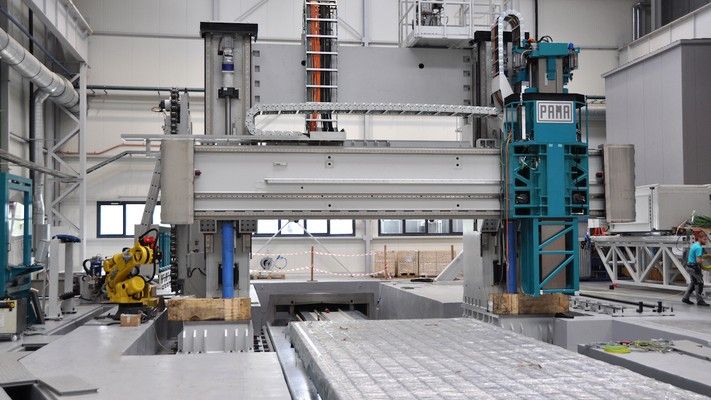
When speaking of the investments that have been undertaken by HSW S.A. since 2012, the total value of which exceeded 100 million zlotys a long time ago, modernization was the term usually associated with those activities. Meanwhile, after the barrel manufacturing facility was modernized, expansion would be a word that is much more appropriate.
The barrel manufacturing facility, after all of the investments came to an end, has obtained a much greater potential. The new department currently remains in possession of ability and know-how required to manufacture up to 8 metres long barrels within calibre range between 30 and 155 mm. The above concerns barrels that are rifled or that have a smooth bore. The above also means that the facility in Stalowa Wola is able to manufacture 120 (125 mm) L55 main battle tank gun barrels. This is a novelty, as this has never been done at any of the Polish defence industry facilities.
One should note that investments launched on the basis of decisions made by the Polish Ministry of Defence, PGZ and HSW in December 2014, pertaining to the right to manufacture the K9 platform for the Krab howitzer and to other weapons systems are not perceived as modernization or recovery of capacity. These shall rather be interpreted as expansion of the facility and establishment of new know-how. All of the above enriches the HSW S.A.’s manufacturing potential with expertise and capabilities that so far were not available. Practical implementation of those plans began after the test programme concerning the Krab howitzer with a new chassis came to an end in 2016. Consequently, the howitzer in that variant was also introduced into the inventory of the Polish military.
In a little less than 2 years HSW S.A. obtained funding to implement that investment. Thus, a new manufacturing facility with an area of 3.5 thousand square meters was designed. All tenders and other procedures preceding the construction works had also been executed during that period. Specialized equipment, machines and hardware were also selected and contracted. The delivery term for some of those is as long as several months. Moreover, own, proprietary technologies were developed at HSW as well. All of the required manufacturing equipment for the welding line was created (HSW resigned from a Korean license). Finally, the facility was erected and equipped. Some of the systems installed are in operation already, while some will gain production capability in a few weeks.
Another investment concerned a production line for the PK9 system in its polonized (Polish) variant (K9PL). It involved establishment of a manufacturing facility from a scratch, that would allow HSW to carry out all phases of the Krab sph manufacturing process - with the use of the state of the art, robotized welding stations. Not only does the above concern the K9PL platform, but it also applies to each and every lighter product. It was also assumed that the facility should allow to carry out machining of the vehicle hulls without moving the heavy and large elements to other parts of the facility. The machining precedes the final assembly stage.
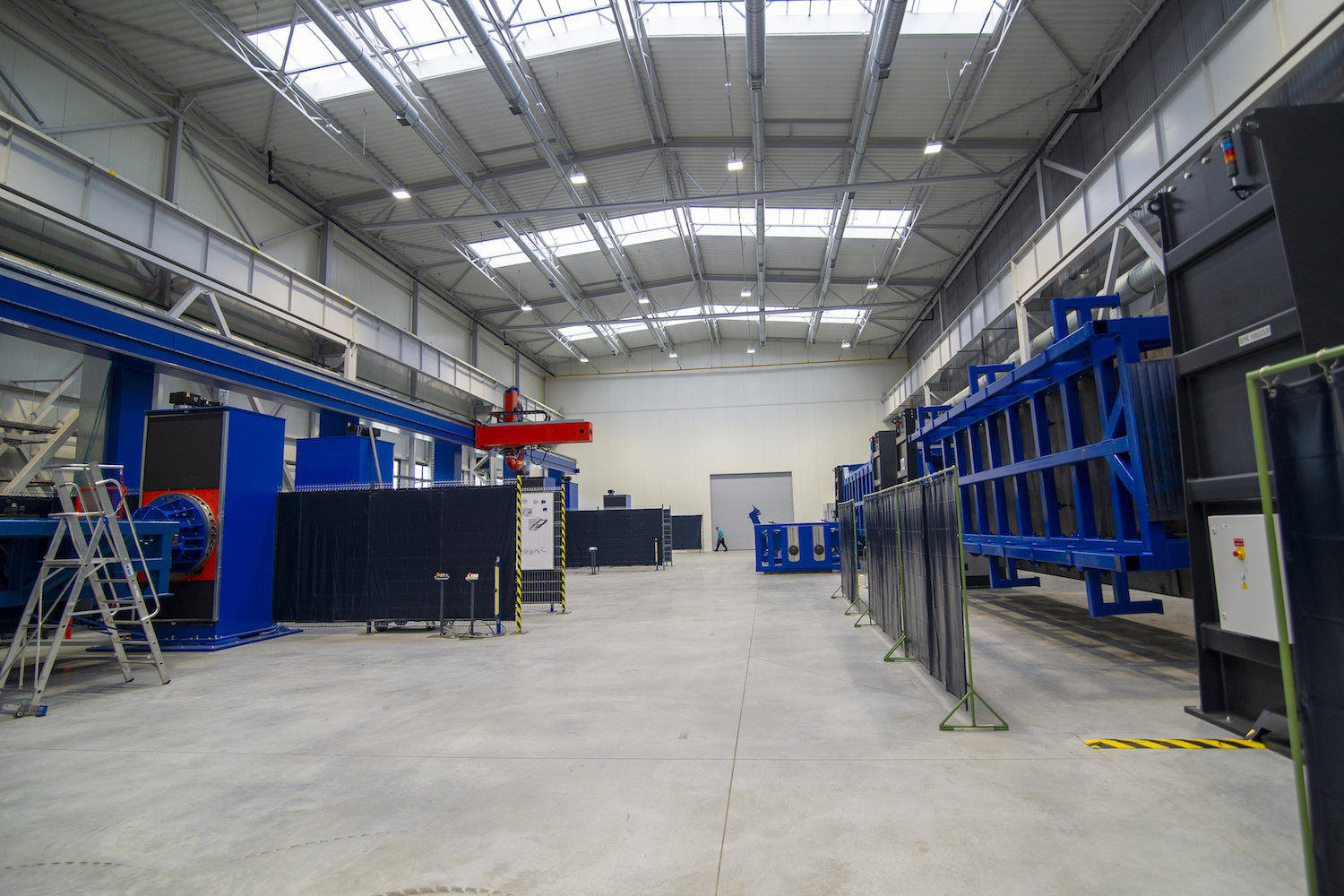
The aforesaid assets are complemented with one of the largest X-ray defectoscopy chambers with tubes producing a power output of 350 kV. The chamber is used to inspect vehicle hulls made out of armoured steel. The chamber design makes it possible to inspect products with dimensions of 4×10×2.5 meters weighing up to 15 tonnes, which is an equivalent of almost completely assembled PK9 hulls. What’s obvious, the chamber is being employed already both in case of the platform hulls, as well as in case of the turrets – of both the Krab howitzer and of the M120 Rak self-propelled mortar and the ZSSW-30 remote control turret module. These elements of the latest HSW S.A. artillery systems are welded on welding stations procured recently, in another part of the HSW S.A.’s manufacturing compound. The X-ray chamber will also make it possible to carry out inspections of the new generation Borsuk IFVs and elements of the Patriot missile system launchers.
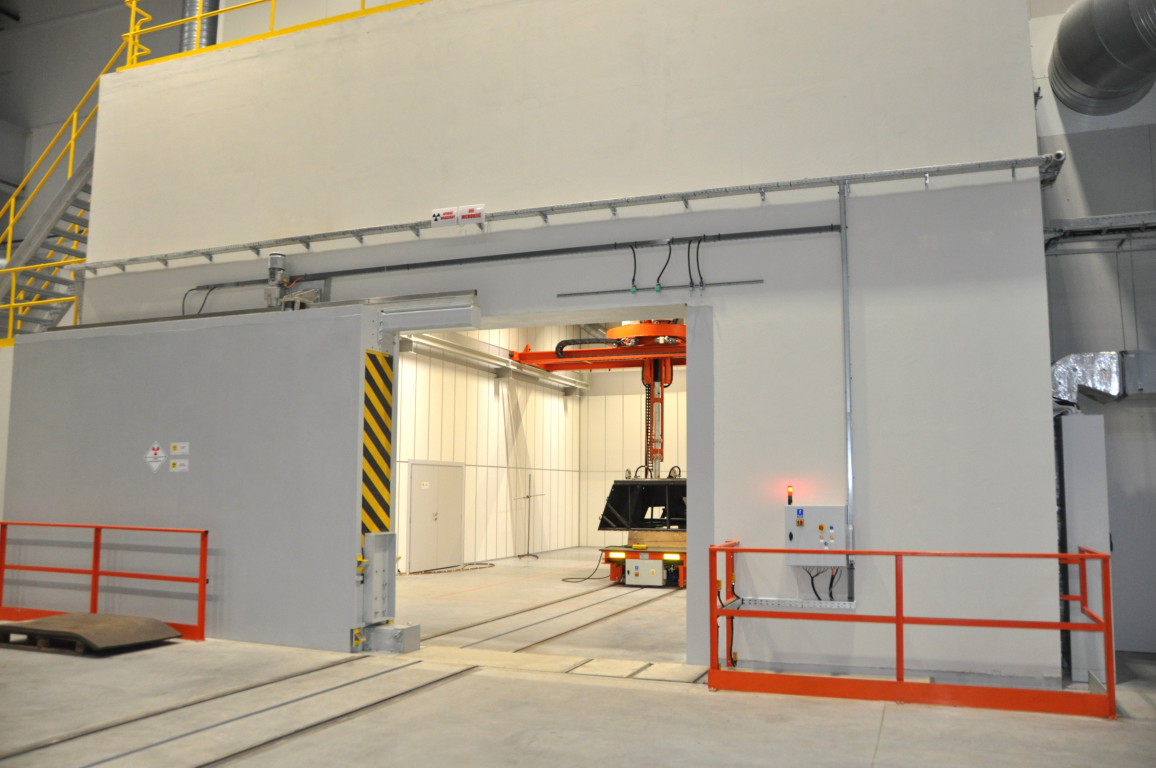
The X-ray chamber has been in operation since late 2018, the welding line also remains active now. It was in May 2018 when the first Krab howitzer hull began to be manufactured from a scratch, with involvement of that welding line. Previously the Krab chassis had been delivered by the Koreans, or the platform was being assembled at HSW, with the use of the components delivered by the licensor. In 2020 the hull in question would become a part of the second series manufactured Regina squadron-level fire module that is to be delivered to the Polish artillery units. One of the most important conclusions stemming from the analysis of operation of the robotized welding line was to add one welding station to the facility. This will greatly enhance the facility’s efficiency. It will also bear a great relevance when the Borsuk IFV enters the series manufacturing phase.
The company is also currently setting up one of the largest portal milling machines with a moving work surface in Poland. This is the last, but also very important stage, of the newly established process facility. The aforesaid machine is placed in a specially designed part of production hall fitted with a very sensitive temperature stabilization system coupled with chilled water generator. This is required by the processing tolerances, which create a requirement to control the thermal expansion impact emerging during the processing of the large volume components.The company is also currently setting up one of the largest portal milling machines with a moving work surface in Poland. This is the last, but also very important stage, of the newly established process facility. The aforesaid machine is placed in a specially designed part of production hall fitted with a very sensitive temperature stabilization system coupled with chilled water generator. This is required by the processing tolerances, which create a requirement to control the thermal expansion impact emerging during the processing of the large volume components.
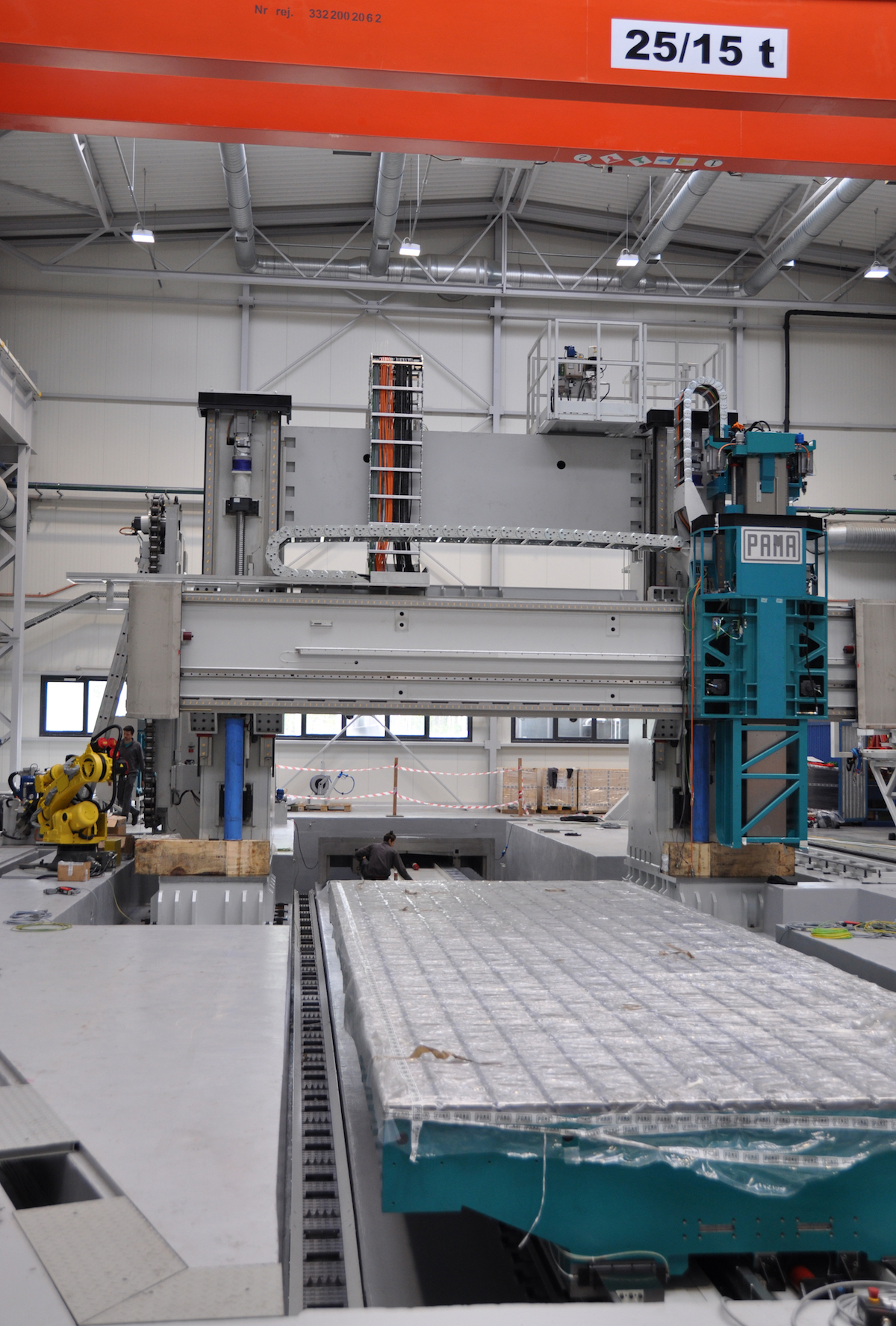
The machine will be used to manufacture tracked vehicle chassis elements (Krab, Borsuk) or elements of the Patriot launchers. It is stressed by HSW that the new milling machine is a dual use asset. Similar statements have been made with regards to the barrel manufacturing facility. The portal milling machine may be used to manufacture military equipment, but it can also be utilized for the purpose of manufacturing large volume elements of train carriages, locomotives, engine bodies, pump elements, elements that could be useful in crude oil and chemical industries, as well as elements and components that could be applied in power stations - be it conventional, wind, or nuclear ones. The machine may process elements that are 3 meters wide, 11 meters long, weighing up to 20 tonnes. Not only through milling.
As stressed by Grzegorz Kalawski, Investment Director at HSW S.A., acquisition of the aforesaid hardware was a major challenge. Not only was it challenging financially, as it also posed a significant challenge logistics- and organization-wise. Handing off of the machine took place in Italy in February, but shipping took several weeks, after it was disassembled and divided into several packages. Set-up at HSW took another few weeks. Creating a foundation for the milling machine turned out to be the most challenging of the tasks, lasting 3 months. It had to be precisely created out of 450 cubic meters of concrete and 30 tonnes of steel. Reloading and placing the work surface where it belongs turned out to be equally convoluted. It came in a form of a single element weighing 40 tonnes. The milling machine is currently in the final assembly stage. The assembly is planned to be finalized in July, as per agreement stipulations. Handing off and tests will take another few weeks - here it is required to confirm that all of the parameters are compliant with the specification. Then, training for the operators would also be finalized. They have already been involved in some training ac at the supplier’s. In late 2019 the machining unit is to be operational as a whole. The aforesaid section of the HSW’s production plant is dedicated to manufacturing of the new armoured vehicles.
No similar plant as such has ever existed in the PGZ Group. Thus, finalization of works also translates into enhanced potential of the Group as a whole.
The investment undertaken at HSW contributes to our know-how and competitive edge that we have. We are constantly working on quality optimization when it comes to our manufacturing, which is done through automation. Modern attitude towards manufacturing as such guarantees improvement of, above all, qualitative standards and entails tangible benefits emerging on those grounds.
Before the most important portion of work was completed, with regards to that complex, more investments were launched. As we know, the procurement philosophy related to the Homar programme (rocket launchers with a range of 300 km) has changed, HSW is not going to make any planned and prepared investments with regards to that initiative. Within the 80 000 square meters area that was bought from Stalowa-Wola with a manufacturing-maintenance facility in mind, no new object is being built as for now.
The area acts as a development reserve for HSW S.A., should a need emerge to enhance the potential that the facility has. So far, a test track is being established here, that would be useful to carry out hand off procedures with regards to series manufactured products. The track is already a part of the fenced area of the facility with CCTV surveillance provided. An approval to cut down the forest within that area (partially) has also been obtained. Thanks to the investment that remains relatively simple, procedures would be simplified. So far the company had to transport its vehicles to the nearby test range that has a different administrator.
In case of the REGINA DMO, the above concerns the howitzers, command vehicles, ammunition carriers and repair vehicles. Same applies to the Rak system. Now, several vehicles that are a part of each module would be put through their paces within the area owned by HSW, prior to handing off. This would shorten the time required to carry out the tests also diminishing the cost of those. For instance, no need would emerge to use the transport platforms each and every time when the given vehicle is to be tested. The track will also make it possible to carry out some of the R&D activities and factory test procedures locally.
HSW will also play a relevant role in Phase I of the Wisła programme. Jelcz (owned by HSW S.A.) has had a package of orders assigned with regards to that programme starting from mid-May. The agreements concern delivery of 73 specialized trucks (6 types) between 2019 and 2021, along with a training and logistics package. The agreement worth 171 million zlotys places money in the hands of the Polish industry. In any other circumstances these funds would need to be spent at the US-based facilities, to acquire US-made vehicles carrying the Patriot SAM systems components: radars, EOCs, launchers, command stations and IBCS communication vehicles. Jelcz will deliver CSS 8×8 semi-trailer tractors, IFCN 4×4 tractors, TS EPP, TS LRPT, TS EOC and TS DOW transporters. All of these vehicles will carry the Polish components of the C2 system.
This is one of the areas where HSW S.A. gets involved in the initiatives that remain quite important for the Polish national security. Another one would concern manufacturing of the M903 launchers (as per agreement signed with the Raytheon company). The launchers above would then be integrated with the Jelcz vehicles. After the agreement was signed covering that matter, it became possible to begin investments allowing HSW to meet the demands and comply with the provisions of the aforesaid document. Documentation and approvals have been obtained quite efficiently, so work with regards to another investment began during the first 10 days of May.
Read more: HSW President: Automation is the Future of Artillery and Modern Battlefield [Defence24 TV]
The amphibious capabilities test facility established in the 1980s (with the amphibious 2S1 Gvozdika, MT-LB, Opal and derivatives in mind) is changing its purpose. It is redesigned and enlarged to 3 thousand square meters and it is to accommodate a manufacturing/maintenance facility that would allow HSW to be involved in the Wisła programme. The tempo of work is quite high, hence the deadline set in the first quarter of 2020 is expected to be met.
HSW S.A. has not disclosed the specification of the equipment that is to be placed within the new centre, and whether acquisition would involve long waiting period related to delivery of custiom-design machinery. The contracting process with regards to the aforesaid hardware is to begin soon. According to the assumptions, the centre would gain readiness in mid-2020, which means that the launch would correspond with the schedule of the first phase of the Wisła programme.
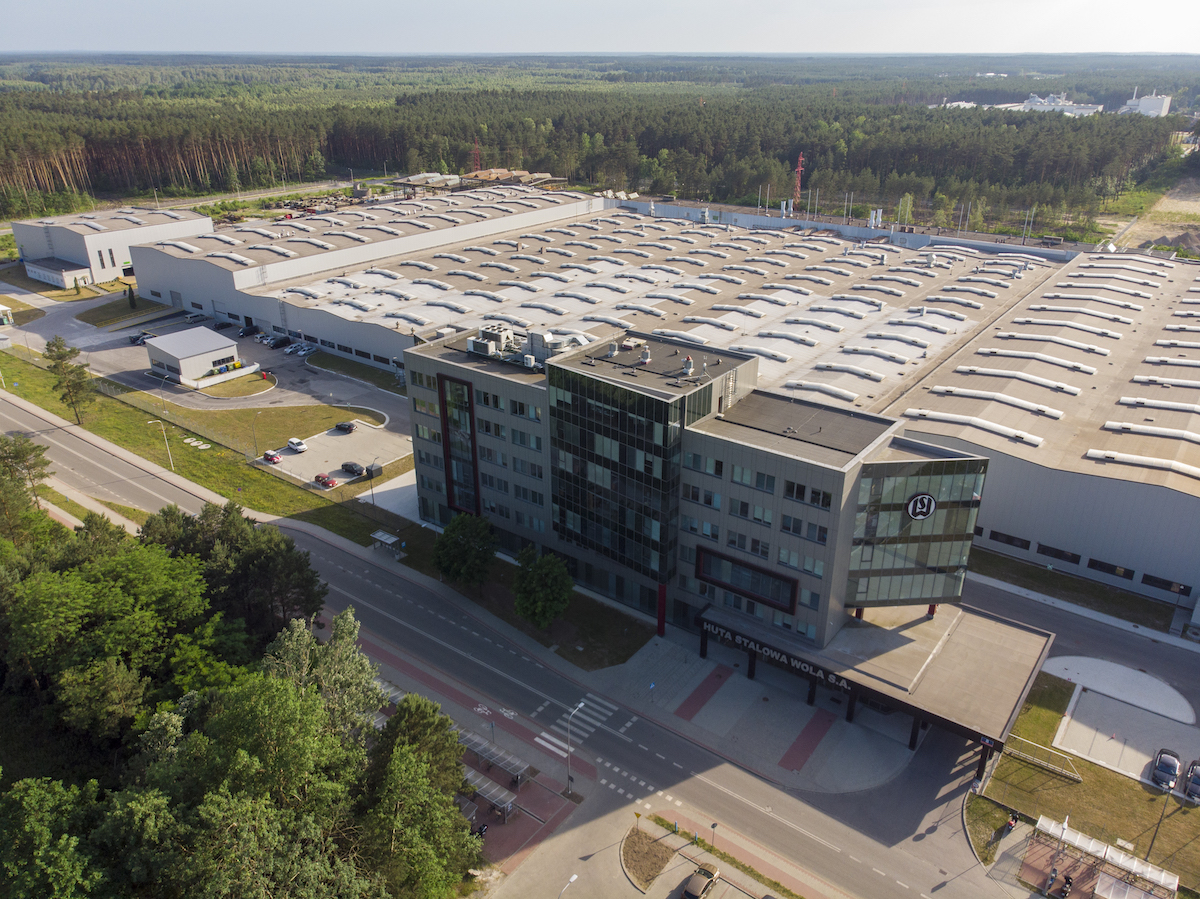
HSW S.A. is mainly going to be involved in manufacturing the M903 launchers, if we exclude the portion of work that is going to be assigned to the Jelcz S.A. company. 16 launchers as such are needed for 2 Patriot batteries being a subject to phase one. HSW is working hard to get ready to manufacture 18 launchers. The extra M903s will be assembled at HSW with the use of US-supplied components in late 2020.
The phase of receiving the technology will be used to train the employees and acquire the required expertise and know-how. The launchers will go through a full test programme expected to end with a proper USA-issued certifcates. This is how the Americans approach the process of implementing the manufacturing process of systems delivered by the US industry at the foreign facilities. This also involves inclusion of those partners in the US supply chain.
A similar process would be taking place at other PGZ companies with regards to further elements of the launcher - the above concerns electronics, electrical harnesses, and so on. Obtaining of the certificates, expected to happen in 2020/2021, would mean that a green light is given to HSW to manufacture 16 M903 launchers for the first two Wisła batteries. These should be handed off in 2022. And this would end the HSW’s involvement in phase I of the Wisła programme. In the nearest future, there is also another issue that would emerge: making use of the potential offered by the HSW’s manufacturing-maintenance centre after the launchers are delivered in 2022, and before phase II of the Wisła programme begins.
Following the Patriot launcher manufacturing implementation phase (2021-2022), we will become one of a few manufacturers of that system around the world, delivering it for the Polish MoD and other armies.
The optimistic scenario would translate into emergence of relevant added value, both for HSW S.A., as well as for PGZ S.A. as a whole and the for the PGZ companies involved in the Wisła programme as well. One of the important benefits stemming from adoption of the Patriot system as the basic building block in the Wisła programme would come in a form of launching the manufacturing process pertaining to the Bushmaster IIS 30/40 mm gun at HSW. It is an element of the offset commitments.
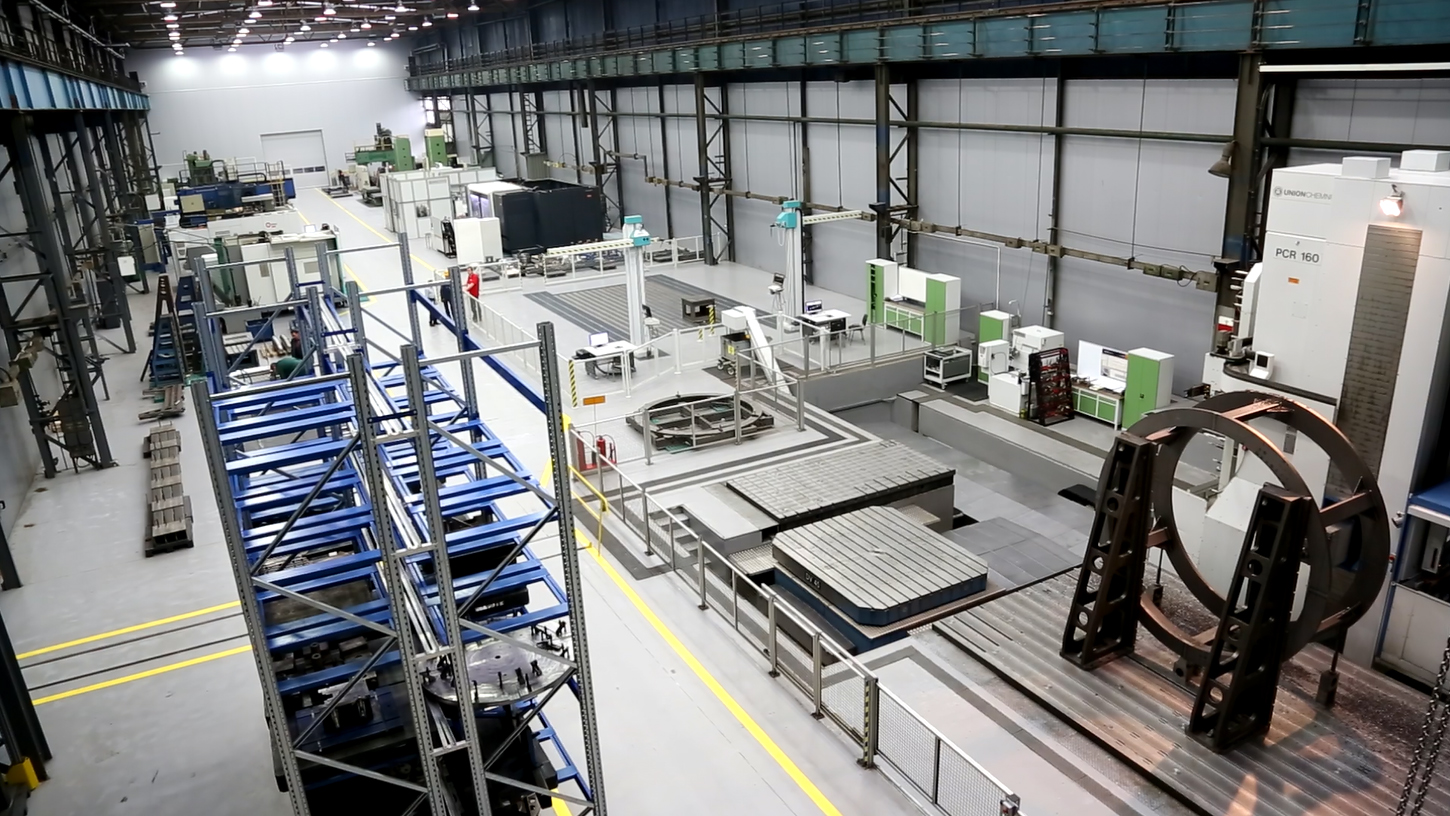
The Bushmaster cannon is to become the armament of the ZSSW-30 turret designed for Rosomak APC and Borsuk IFV. ZSSW-30 enters the qualification test phase as this text is being written. This stage is expected to last for a couple of months. Delivery deadline concerning 208 series manufactured turret modules set in 2020 is expected to be met without any interruptions. HSW S.A. is ready, when it comes to its technological and organizational potential, to face this challenge.
Then, HSW S.A. would be manufacturing, in parallel, the 155 mm Regina artillery modules, M903 Patriot launchers, Bushmaster II enhanced ZSSW-30 turrets and, probably, extra company-level fire modules involving the 120 mm Rak mortars. In the nearest future the facility would also be working on the new Borsuk IFV and Rak mortar in a tracked variant.
Jerzy Reszczyński

